Unit 1 Great scientists-Warming up and reading
文档属性
| 名称 | Unit 1 Great scientists-Warming up and reading | 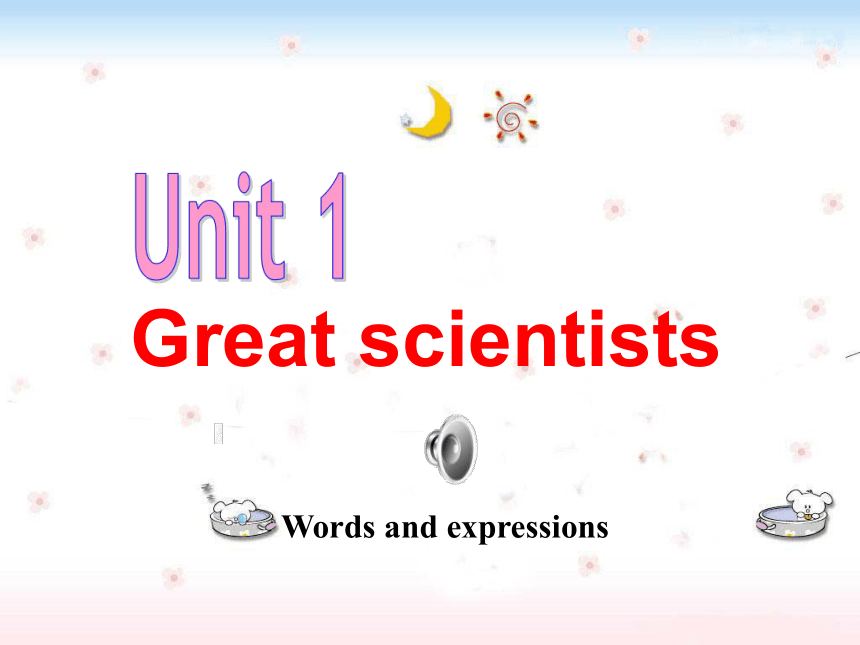 | |
| 格式 | rar | ||
| 文件大小 | 4.5MB | ||
| 资源类型 | 教案 | ||
| 版本资源 | 人教版(新课程标准) | ||
| 科目 | 英语 | ||
| 更新时间 | 2011-12-09 19:38:13 | ||
图片预览

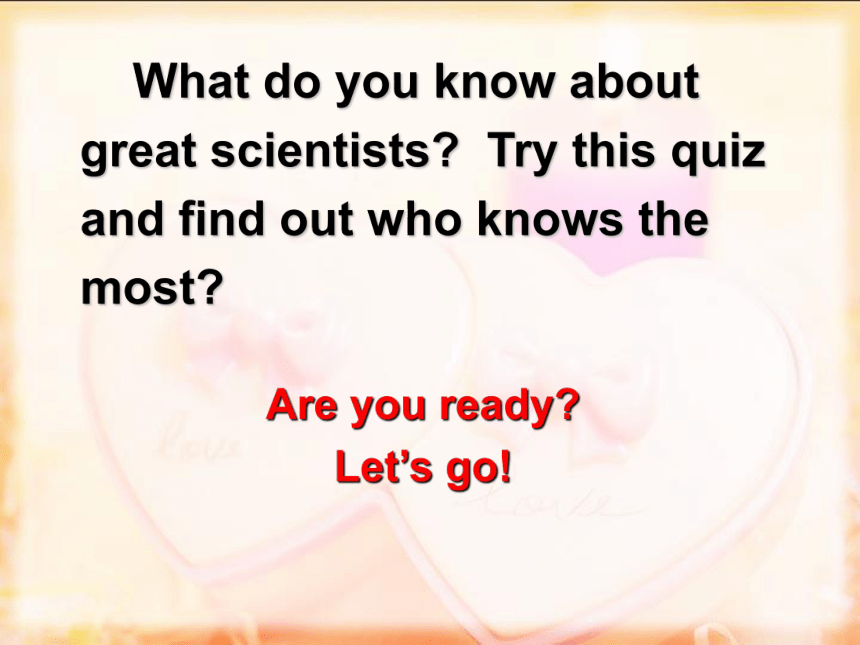
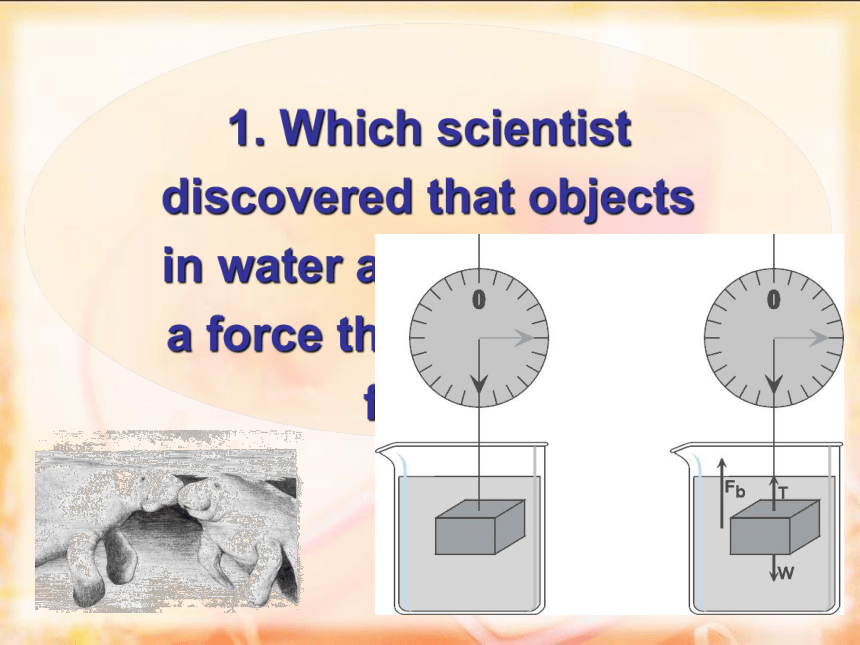
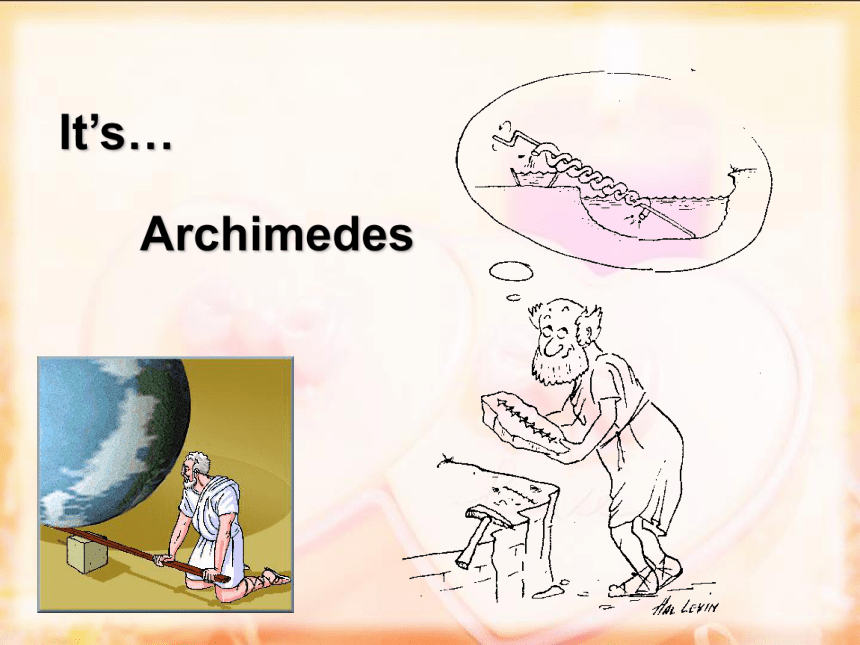
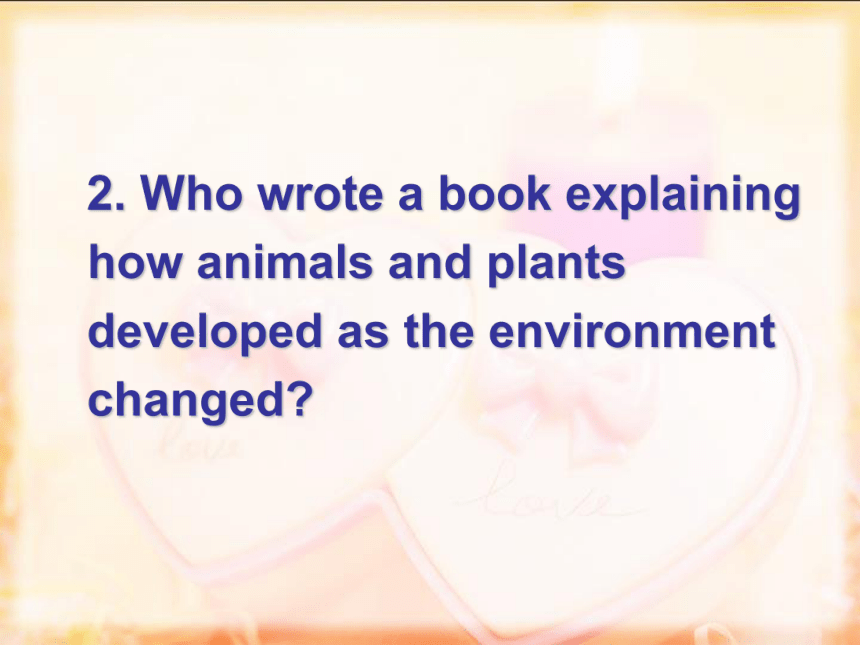
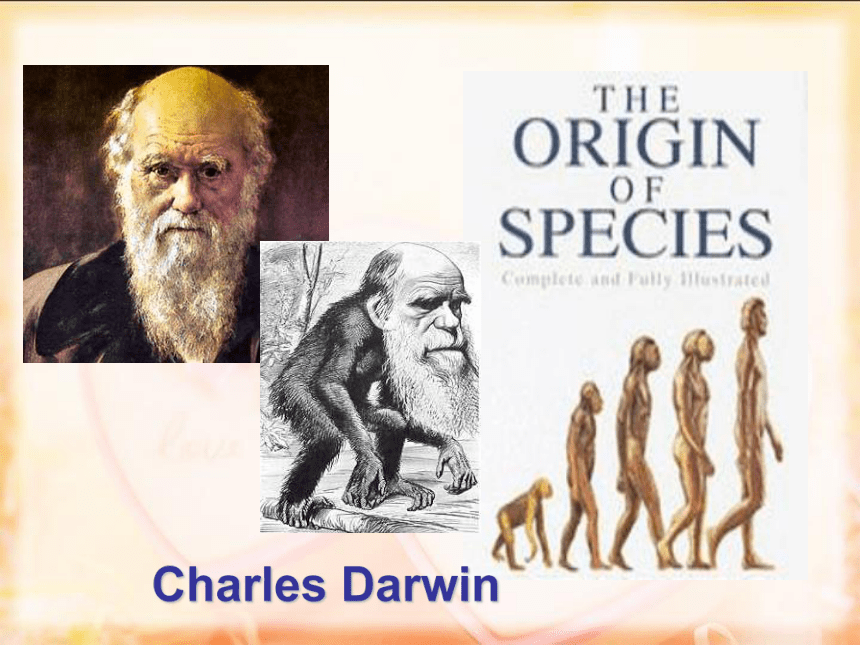
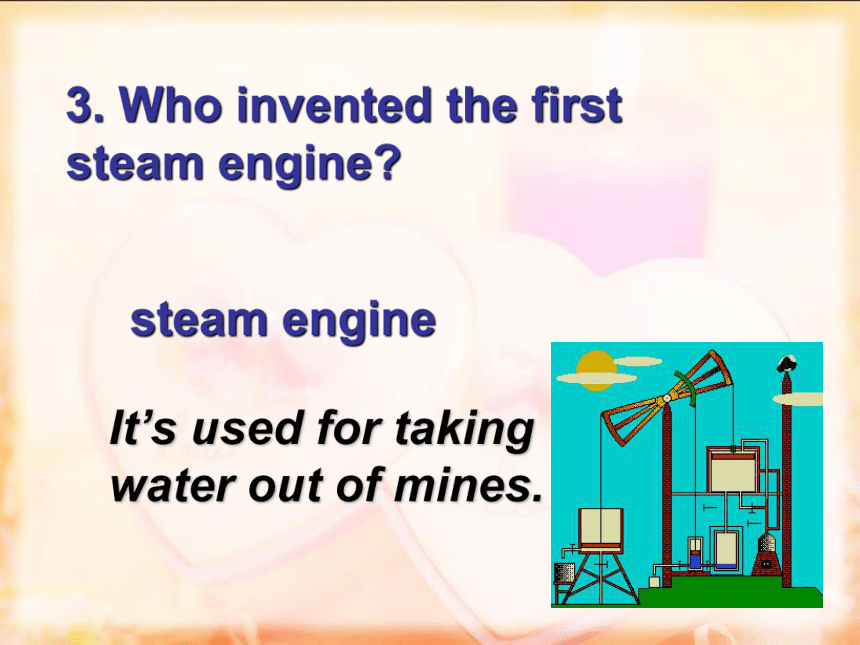
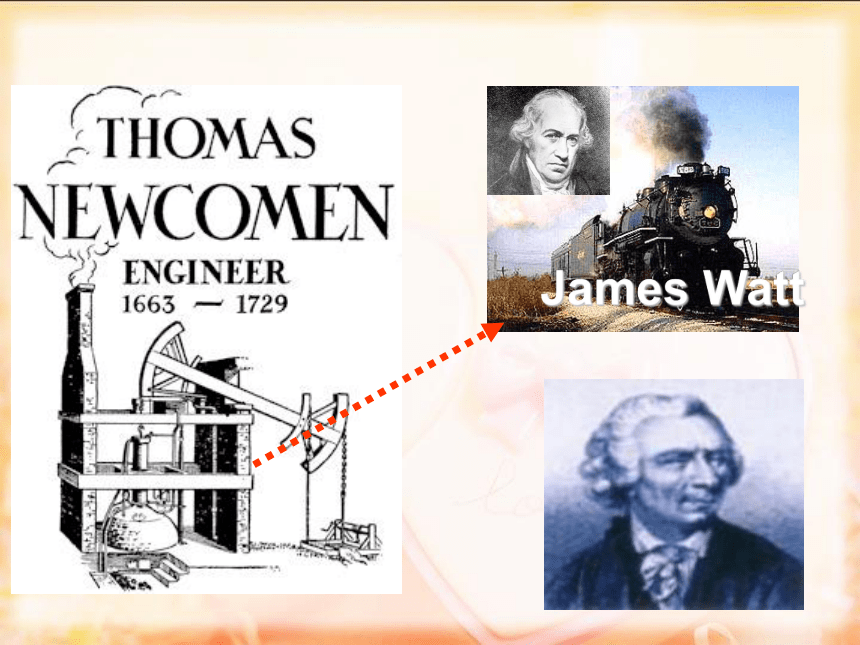
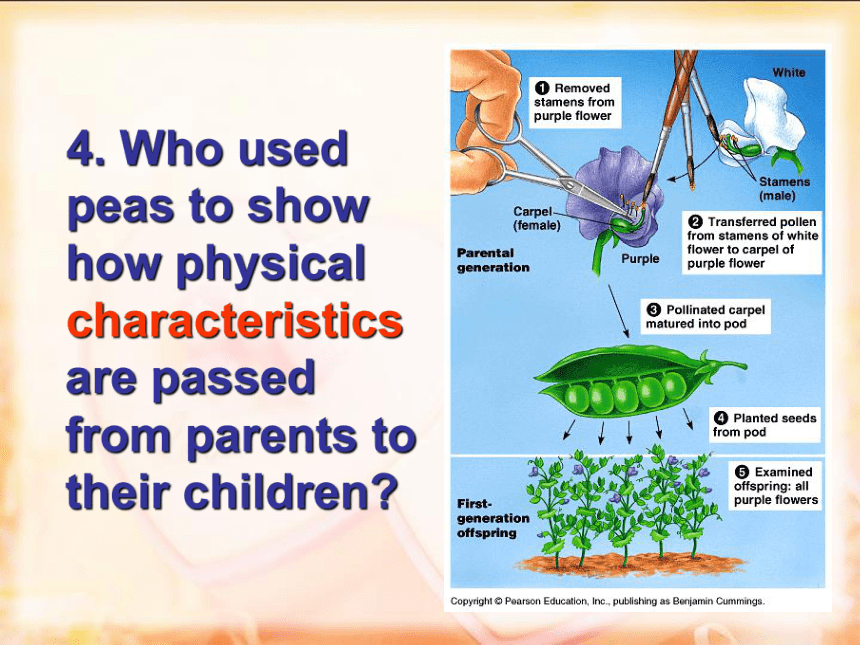
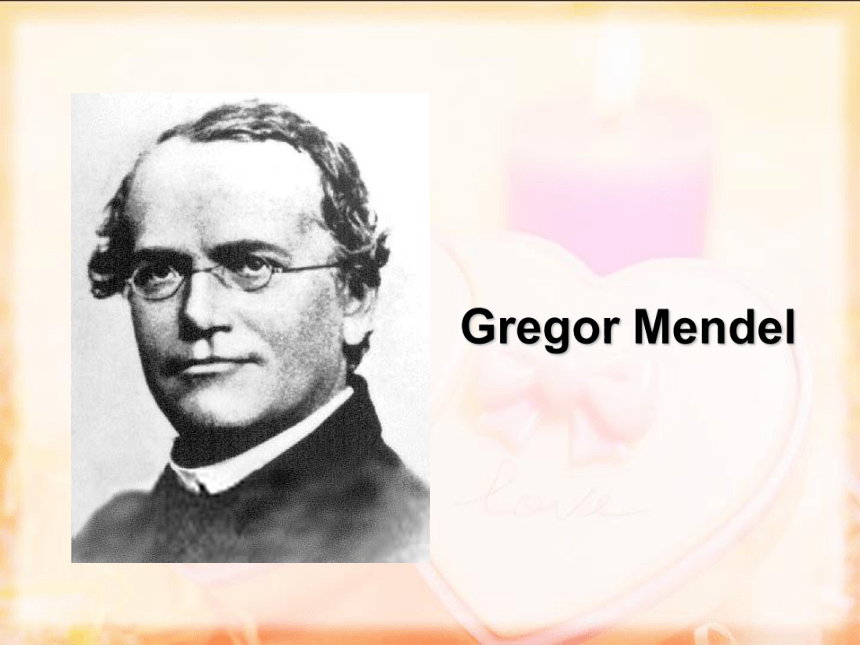
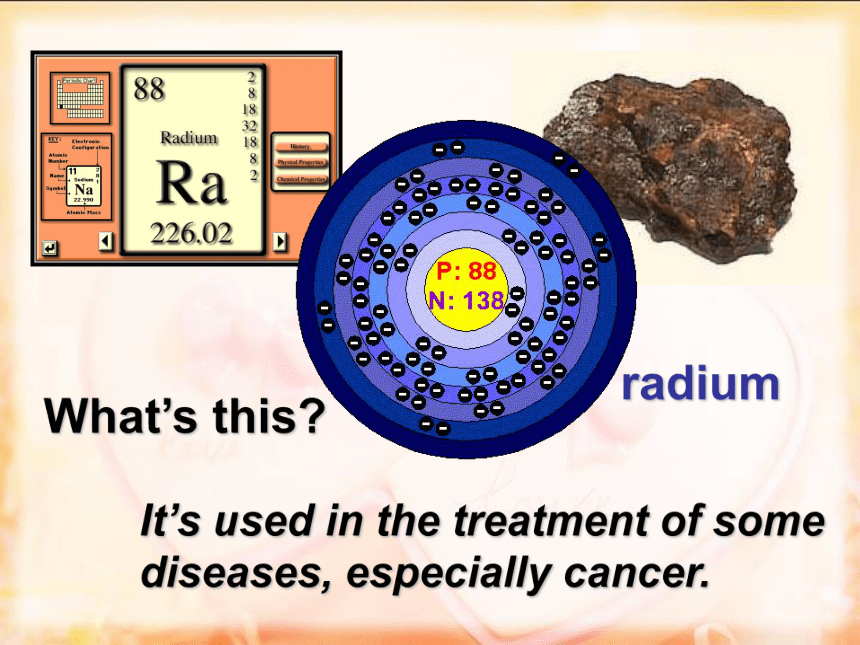
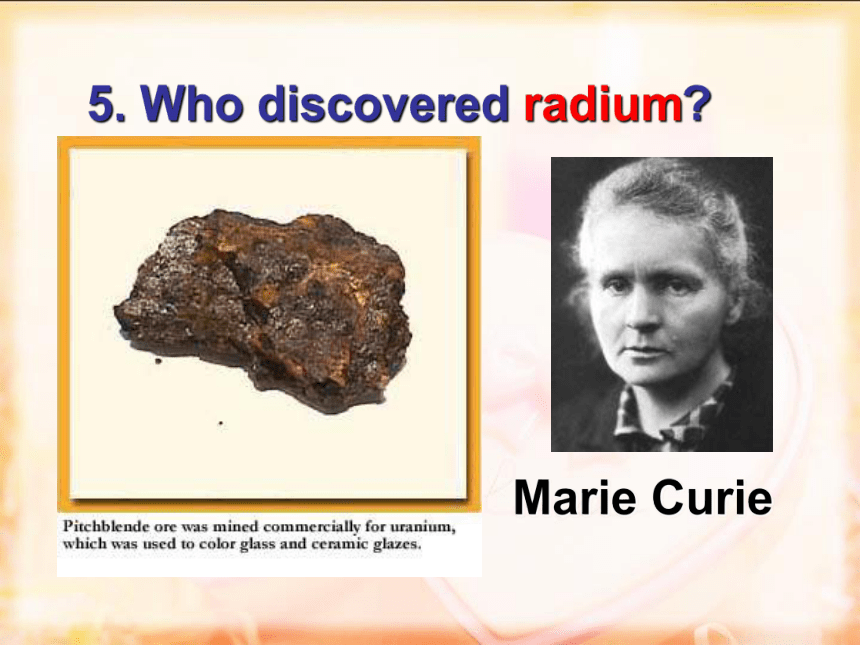
文档简介
(共47张PPT)
Great scientists
Words and expressions
What do you know about great scientists Try this quiz and find out who knows the most
Are you ready
Let’s go!
1. Which scientist discovered that objects in water are lifted up by a force that helps them float
Archimedes
It’s…
2. Who wrote a book explaining how animals and plants developed as the environment changed
Charles Darwin
3. Who invented the first steam engine
steam engine
It’s used for taking water out of mines.
James Watt
4. Who used peas to show how physical characteristics are passed from parents to their children
Gregor Mendel
It’s used in the treatment of some diseases, especially cancer.
radium
What’s this
5. Who discovered radium
Marie Curie
6. Who invented the way of giving electricity to everybody in large cities
Thomas Edison
7. Who was the painter that studied dead bodies to improve his painting of people
Leonardo da vinci
8. Who invented a lamp to keep miners safe underground
Sir Humphry Davy
9. Who invented the earliest instrument to tell people where earthquakes happened
Zhang Heng
Do you know what black hole means
10. Who put forward a theory about black holes
Pre-Reading
Do you know how to prove a new idea in scientific research
Discuss in small groups the stages in setting out a new scientific idea.
relating to science, or using the organized methods of science.
scientific
a scientific discovery
a scientific experiment
a scientific theory
Draw a conclusion
Think of a method
Collect results
Make up a question
Find a problem
Analyse the results
Find supporting evidence
What order do you put them in Why
Think of a method
Collect results
Make up a question
Find a problem
Analyse the result
Draw a conclusion
What do you know about infectious diseases
a kind of infectious diseases
What do you know about cholera
a serious infection of the bowels caused by drinking infected water or eating infected food, causing diarrhoea, vomiting and often death.
霍乱
Is it the right way
Discuss
Look at the picture, the map and the title and predict the content of the reading passage. Then skim it quickly to see if you were right.
Reading
Do you know what did this map was used for in 1854
Finding out the cause of Cholera.
Who defeats “King Cholera“
What happened in 1854
How many people died in 10 days
Why is there no death at No. 20 and 21 Broad Street as well as at No. 8 and 9 Cambridge Street
Task 1:Skim and Scan
1.Who defeats “King Cholera“
2. What happened in 1854
3. How many people died in 10 days
John Snow
Cholera outbreak hit London.
500
4. Why is there no death at No. 20 and 21 Broad Street as well as at No. 8 and 9 Cambridge Street
These families had not drunk the water from the Broad Street pump.
A map of Broad Street
What method did he use
Broad Street
Many deaths happened here.
No death happened here.
The water from the pump was to blame.
Public house
Draw a conclusion
Find a problem
Make up a question
Think of a method
Collect results
Analyse the results
Para 1
Para 2
Para 3
Para 4
Para 5
Para 6
Match them
Analyse results
Para 7
Task 2
Read and answer
1 Why couldn’t the cholera be under control at first
2 Which theory did John Snow believe in
Neither its cause, not its cure was understood.
People absorbed cholera into their bodies with their meals.
3 John Snow finally proved the theory he believed by ________.
A. gathering information with the help of a map
B. looking into the source of the water for Broad Street and Cambridge Street
C. separating those who suffered cholera from those who didn’t
D. both A and B
4. To prevent the cholera from spreading again, what did John Snow do
Suggested that the source of all water supplies be examine.
Suggested that new methods of dealing with polluted water be found.
Instructed the water companies not to expose people to the polluted water anymore.
Task 3
Mind Map of the text
John Snow began to test two theories.
An outbreak of cholera hit London in 1854.
John Snow marked the deaths on a map.
He announced that the water carried the disease.
John Snow investigated two streets where the outbreak was very severe.
King Cholera was defeated.
He found that most of the deaths were near a water pump.
He had the handle removed from the water pump.
2
1
4
7
3
8
5
6
Read the passage and number these events in the order that they happened.
Discussion: Discuss the following questions in groups of four.
1.
2.
3.
Cholera was a 19th century disease. What disease do you think is similar to cholera today Why
John Snow believed Idea 2 was right. How did he finally prove it
Do you think John Snow would have solved this problem with- out the map Give a reason.
Two diseases, which are similar today, are SARS and AIDS because they are both very serious, have an unknown cause and public health care to solve them.
Keys
1.
No. The map helped John Snow organise his ideas. He was able to identify those households that had had many deaths and check their water-drinking habits. He identified those houses that had had no deaths and surveyed their drinking habits. The evidence clearly pointed to the polluted water being the cause.
2.
John Snow finally proved his idea because he found an outbreak that was clearly related to cholera, collected information and was able to tie cases outside the area to the polluted water.
3.
Using the stages for scientific research and Exercise 1, write a short summary of the reading passage.
John Snow wanted to find the cause of cholera. He believed that people became ill after eating infected food. He used the next outbreak of cholera to test his idea. He studied a small area of houses which got their water from the same pump. Many people in the area died. John Snow showed that this was because the water in the pump was infected. He showed that cholera could be defeated if people drank clean water.
Great scientists
Words and expressions
What do you know about great scientists Try this quiz and find out who knows the most
Are you ready
Let’s go!
1. Which scientist discovered that objects in water are lifted up by a force that helps them float
Archimedes
It’s…
2. Who wrote a book explaining how animals and plants developed as the environment changed
Charles Darwin
3. Who invented the first steam engine
steam engine
It’s used for taking water out of mines.
James Watt
4. Who used peas to show how physical characteristics are passed from parents to their children
Gregor Mendel
It’s used in the treatment of some diseases, especially cancer.
radium
What’s this
5. Who discovered radium
Marie Curie
6. Who invented the way of giving electricity to everybody in large cities
Thomas Edison
7. Who was the painter that studied dead bodies to improve his painting of people
Leonardo da vinci
8. Who invented a lamp to keep miners safe underground
Sir Humphry Davy
9. Who invented the earliest instrument to tell people where earthquakes happened
Zhang Heng
Do you know what black hole means
10. Who put forward a theory about black holes
Pre-Reading
Do you know how to prove a new idea in scientific research
Discuss in small groups the stages in setting out a new scientific idea.
relating to science, or using the organized methods of science.
scientific
a scientific discovery
a scientific experiment
a scientific theory
Draw a conclusion
Think of a method
Collect results
Make up a question
Find a problem
Analyse the results
Find supporting evidence
What order do you put them in Why
Think of a method
Collect results
Make up a question
Find a problem
Analyse the result
Draw a conclusion
What do you know about infectious diseases
a kind of infectious diseases
What do you know about cholera
a serious infection of the bowels caused by drinking infected water or eating infected food, causing diarrhoea, vomiting and often death.
霍乱
Is it the right way
Discuss
Look at the picture, the map and the title and predict the content of the reading passage. Then skim it quickly to see if you were right.
Reading
Do you know what did this map was used for in 1854
Finding out the cause of Cholera.
Who defeats “King Cholera“
What happened in 1854
How many people died in 10 days
Why is there no death at No. 20 and 21 Broad Street as well as at No. 8 and 9 Cambridge Street
Task 1:Skim and Scan
1.Who defeats “King Cholera“
2. What happened in 1854
3. How many people died in 10 days
John Snow
Cholera outbreak hit London.
500
4. Why is there no death at No. 20 and 21 Broad Street as well as at No. 8 and 9 Cambridge Street
These families had not drunk the water from the Broad Street pump.
A map of Broad Street
What method did he use
Broad Street
Many deaths happened here.
No death happened here.
The water from the pump was to blame.
Public house
Draw a conclusion
Find a problem
Make up a question
Think of a method
Collect results
Analyse the results
Para 1
Para 2
Para 3
Para 4
Para 5
Para 6
Match them
Analyse results
Para 7
Task 2
Read and answer
1 Why couldn’t the cholera be under control at first
2 Which theory did John Snow believe in
Neither its cause, not its cure was understood.
People absorbed cholera into their bodies with their meals.
3 John Snow finally proved the theory he believed by ________.
A. gathering information with the help of a map
B. looking into the source of the water for Broad Street and Cambridge Street
C. separating those who suffered cholera from those who didn’t
D. both A and B
4. To prevent the cholera from spreading again, what did John Snow do
Suggested that the source of all water supplies be examine.
Suggested that new methods of dealing with polluted water be found.
Instructed the water companies not to expose people to the polluted water anymore.
Task 3
Mind Map of the text
John Snow began to test two theories.
An outbreak of cholera hit London in 1854.
John Snow marked the deaths on a map.
He announced that the water carried the disease.
John Snow investigated two streets where the outbreak was very severe.
King Cholera was defeated.
He found that most of the deaths were near a water pump.
He had the handle removed from the water pump.
2
1
4
7
3
8
5
6
Read the passage and number these events in the order that they happened.
Discussion: Discuss the following questions in groups of four.
1.
2.
3.
Cholera was a 19th century disease. What disease do you think is similar to cholera today Why
John Snow believed Idea 2 was right. How did he finally prove it
Do you think John Snow would have solved this problem with- out the map Give a reason.
Two diseases, which are similar today, are SARS and AIDS because they are both very serious, have an unknown cause and public health care to solve them.
Keys
1.
No. The map helped John Snow organise his ideas. He was able to identify those households that had had many deaths and check their water-drinking habits. He identified those houses that had had no deaths and surveyed their drinking habits. The evidence clearly pointed to the polluted water being the cause.
2.
John Snow finally proved his idea because he found an outbreak that was clearly related to cholera, collected information and was able to tie cases outside the area to the polluted water.
3.
Using the stages for scientific research and Exercise 1, write a short summary of the reading passage.
John Snow wanted to find the cause of cholera. He believed that people became ill after eating infected food. He used the next outbreak of cholera to test his idea. He studied a small area of houses which got their water from the same pump. Many people in the area died. John Snow showed that this was because the water in the pump was infected. He showed that cholera could be defeated if people drank clean water.
